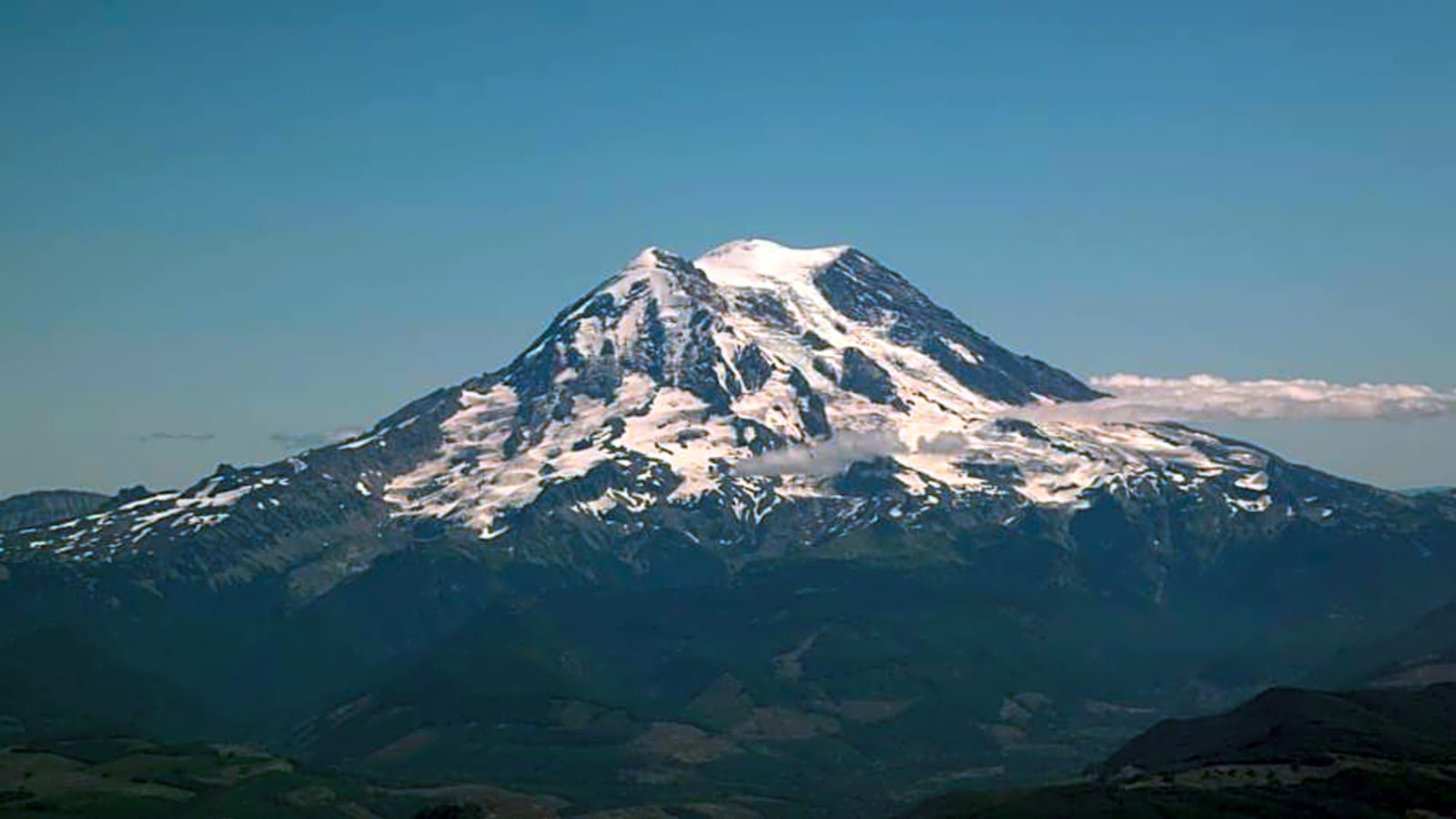x

Sep 4, 2014; Seattle, WA, USA; General view of Mt. Rainier. Mandatory Credit: Kirby Lee-Imagn Images
Kirby Lee-Imagn Images
Small earthquakes have rocked the active volcano Mt. Rainier in the Cascade Mountain Range this month, sending shockwaves around the 14,410-foot mountain. The United States Geological Survey reported that over 350 earthquakes rattled Rainier from July 8 to July 10. Geologists refer to such activity as a ‘swarm’ of earthquakes, which are not uncommon, but this particular swarm was massive. While jolting, the series has not caused any damage, restricted hiking and climbing in the area, or altered the current alert level, which remains normal. The Cascade Mountain Range region typically experiences approximately nine small earthquakes each month. So the July swarm caught the attention of the experts who monitor the sensitive area. Swarms usually occur once per year, but this swarm was far more substantial than average. The Pacific Northwest Seismic Network tracks all swarms, noting that one of the most significant shocks registered 2.3 on the Richter scale. This swarm appears to be calming down after two days o
More must-reads:
- Aaron Rodgers spends big on massive holiday gifts for Steelers offensive linemen
- Philadelphia Phillies star 1B Bryce Harper takes a swipe at team president Dave Dombrowski
- The 'NFL rookie QBs to win a playoff game' quiz
Customize Your Newsletter
 +
+
Get the latest news and rumors, customized to your favorite sports and teams. Emailed daily. Always free!








